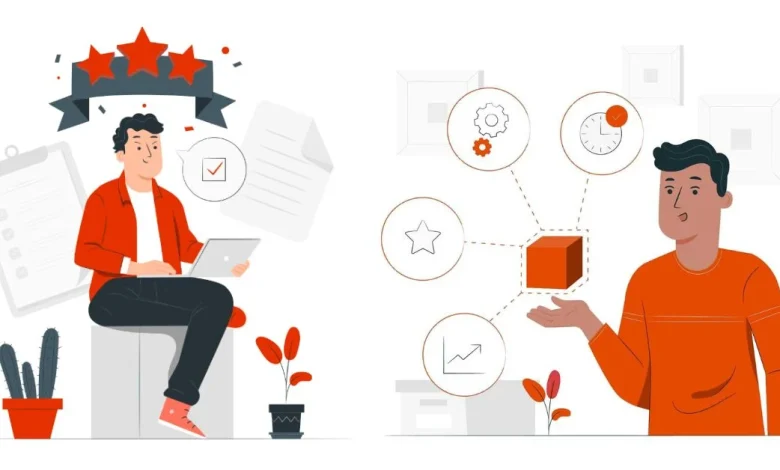In today’s interconnected world, the ability to communicate across languages is more important than ever. Whether you’re a business expanding globally or an individual exploring new cultures, translation plays a crucial role in breaking down barriers and fostering understanding. In this guide, we delve into the concept of pöversätt, exploring its significance, methods, and practical applications.
Understanding Pöversätt
Pöversätt is a Swedish term that encompasses the process of translating text from one language to another. It goes beyond mere word-for-word conversion, emphasizing the preservation of meaning, tone, and cultural nuances. Effective pöversätt requires a deep understanding of both the source and target languages, as well as the context in which the text is used.
The Significance of Pöversätt
Pöversätt plays a vital role in various domains, including business, education, diplomacy, and literature. In a globalized economy, businesses rely on accurate translation to reach international markets and connect with diverse audiences. Similarly, educators use translation to make educational resources accessible to students from different linguistic backgrounds.
Methods of Pöversätt
There are several methods of pöversätt, each suited to different contexts and requirements. Human translation involves skilled linguists who carefully translate text while considering linguistic and cultural nuances. Machine translation, on the other hand, relies on algorithms to automatically translate text, often with the assistance of artificial intelligence.
Practical Applications of Pöversätt
From website localization to legal documents and literary works, pöversätt finds applications in various spheres of life. For businesses, accurate translation can enhance brand reputation and facilitate international growth. In healthcare, translation ensures that vital information reaches patients regardless of their language proficiency.
Tips for Effective Pöversätt
1. Context is Key
Understanding the context of the text is essential for accurate translation. Consider the intended audience, the purpose of the communication, and any cultural nuances that may impact the translation.
2. Use Professional Translators
While machine translation tools can be useful for quick translations, they may not always capture the nuances of language. Invest in professional translators who have expertise in the subject matter and target language.
3. Review and Revise
Even the most skilled translators can make mistakes. Always review and revise translated content to ensure accuracy and consistency.
4. Leverage Technology
Combine human expertise with technological tools for optimal results. Translation memory systems and terminology databases can streamline the translation process and maintain consistency across documents.
FAQs (Frequently Asked Questions)
What is the difference between translation and localization?
- Translation focuses on converting text from one language to another, while localization involves adapting content to suit the linguistic, cultural, and regulatory requirements of a specific target market.
How do I choose the right translation service provider?
- When selecting a translation service provider, consider factors such as expertise in your industry, quality assurance processes, turnaround time, and pricing.
Can machine translation replace human translators?
- While machine translation has advanced significantly, it still lacks the nuances and cultural understanding that human translators provide. For complex or sensitive content, human translation is often preferred.
How can I ensure confidentiality when translating sensitive documents?
- Choose a translation service provider that prioritizes data security and confidentiality. Look for providers who offer secure file transfer protocols and have robust privacy policies in place.
What are the common challenges in translation?
- Some common challenges in translation include linguistic nuances, idiomatic expressions, cultural differences, and technical terminology. Skilled translators are equipped to navigate these challenges effectively.
Is it possible to translate content into multiple languages simultaneously?
- Yes, professional translation agencies often offer multilingual translation services, allowing you to reach diverse audiences across the globe.
Conclusion
Pöversätt is not merely about converting words from one language to another; it’s about bridging linguistic and cultural divides to facilitate meaningful communication. By understanding the principles of effective pöversätt and leveraging the right resources, individuals and organizations can unlock new opportunities and foster connections across borders.
